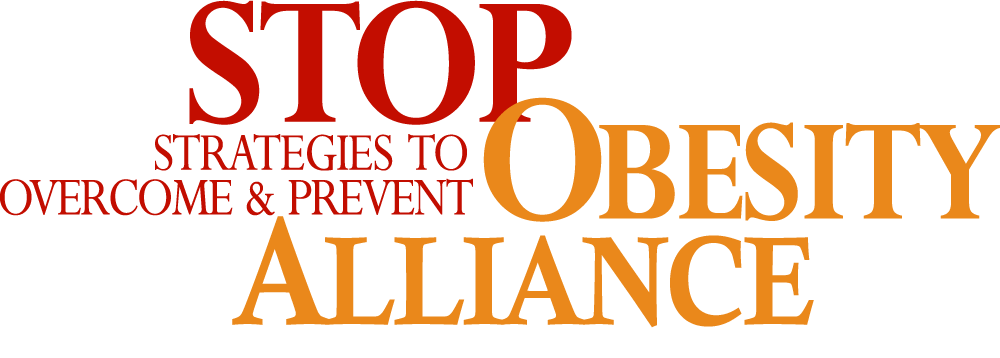WASHINGTON, D.C. - New research from the Strategies to Overcome and Prevent (STOP) Obesity Alliance sheds light on the challenges and opportunities for nonprofit hospitals to address obesity through community benefit activities. With obesity affecting more than one-third of adults and 17 percent of children in the United States, many communities are facing the challenge of how to address this epidemic. Nonprofit hospitals are uniquely positioned to help through their ongoing efforts to provide community benefit programs. Findings from the Alliance’s research team at the George Washington University School of Public Health and Health Services (SPHHS) include:
- Lack of Proven Community-Based Programs That Directly Address Obesity in Adults: Obesity is a pressing problem in the United States, but one where effective community-based programs are lacking. While there are many ongoing efforts specific to childhood obesity, few programs are directed toward helping adults who struggle with overweight and obesity. Hospitals have an opportunity to add to the existing evidence-base of effective obesity programs and advance the conversation on effective strategies for reducing obesity.
- Need to Reduce Stigma: By offering strategic programs to address obesity, hospitals can help to reduce weight-based stigma and advocate for positive and supportive communication between health care providers, patients and community members.
- Value of Effective Partnerships: Obesity is a complex condition that requires multi-level and multi-sectoral partnerships to unite and align efforts aimed at prevention and treatment. As “conveners of change,” hospitals can be the driving force for transformation within their communities.
This new research comes as the nation’s more than 2,900 nonprofit hospitals face new requirements under the Affordable Care Act in order to maintain their federal tax-exempt status. These requirements include that hospitals conduct an annual Community Health Needs Assessment and develop an implementation strategy for addressing one or more of the needs identified.
The paper offers nonprofit hospitals strategies and guidance for addressing obesity as part of their community benefit activities. Presented in a reader-friendly format of questions and answers informed by a widespread panel of experts on obesity and community benefit programming, nonprofit hospitals can use the insights offered in the paper to inform their decisions around obesity programming. The paper offers guidance on issues such as how to select community partners, how to determine the scope of an intervention, and which obesity-specific factors to take into account when developing programs.
“Given the number of people that are affected by overweight and obesity, we anticipate that nonprofit hospitals will identify obesity as a significant health need in their Community Health Needs Assessments,” said Stephanie David, JD, MPH, head of the STOP Obesity Alliance research team at SPHHS. “Yet, to date, we know that there is a gap when it comes to obesity initiatives, especially for adults. By developing community-based obesity programs, hospitals can impact how obesity is viewed and treated.”
The paper is the result of a multi-phase project that involved gathering input from experts in community benefit and obesity research at a roundtable discussion held at SPHHS this summer as well as research and individual interviews with experts.
“Obesity is a complex issue that requires a coordinated response from many sectors, including health care, community groups, public health and public policy,” said Scott Kahan, MD, MPH, Director of the STOP Obesity Alliance. “With hospitals spearheading efforts to develop effective obesity programs, communities can work together to make real progress toward reducing obesity and helping people to live healthier lives.”

